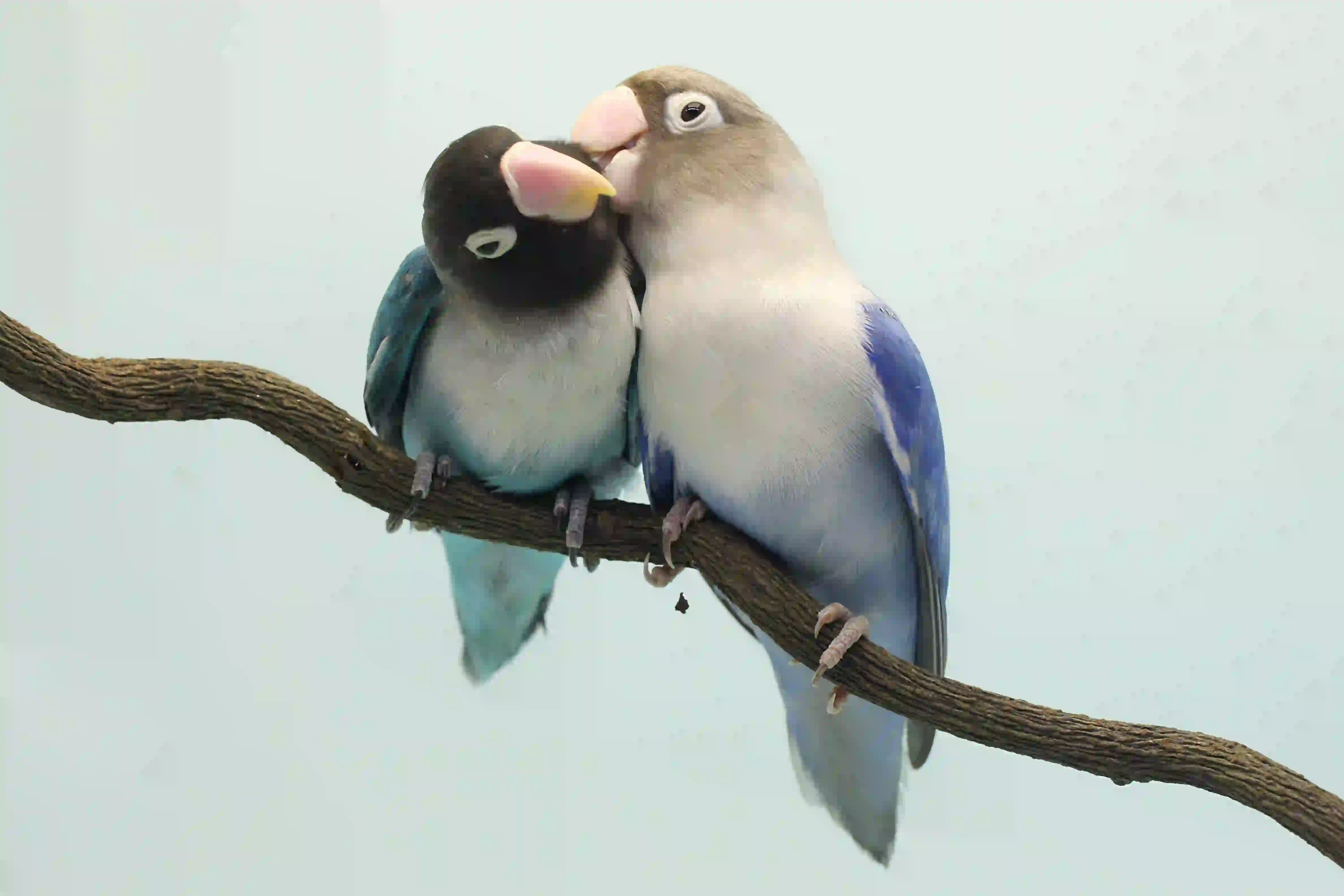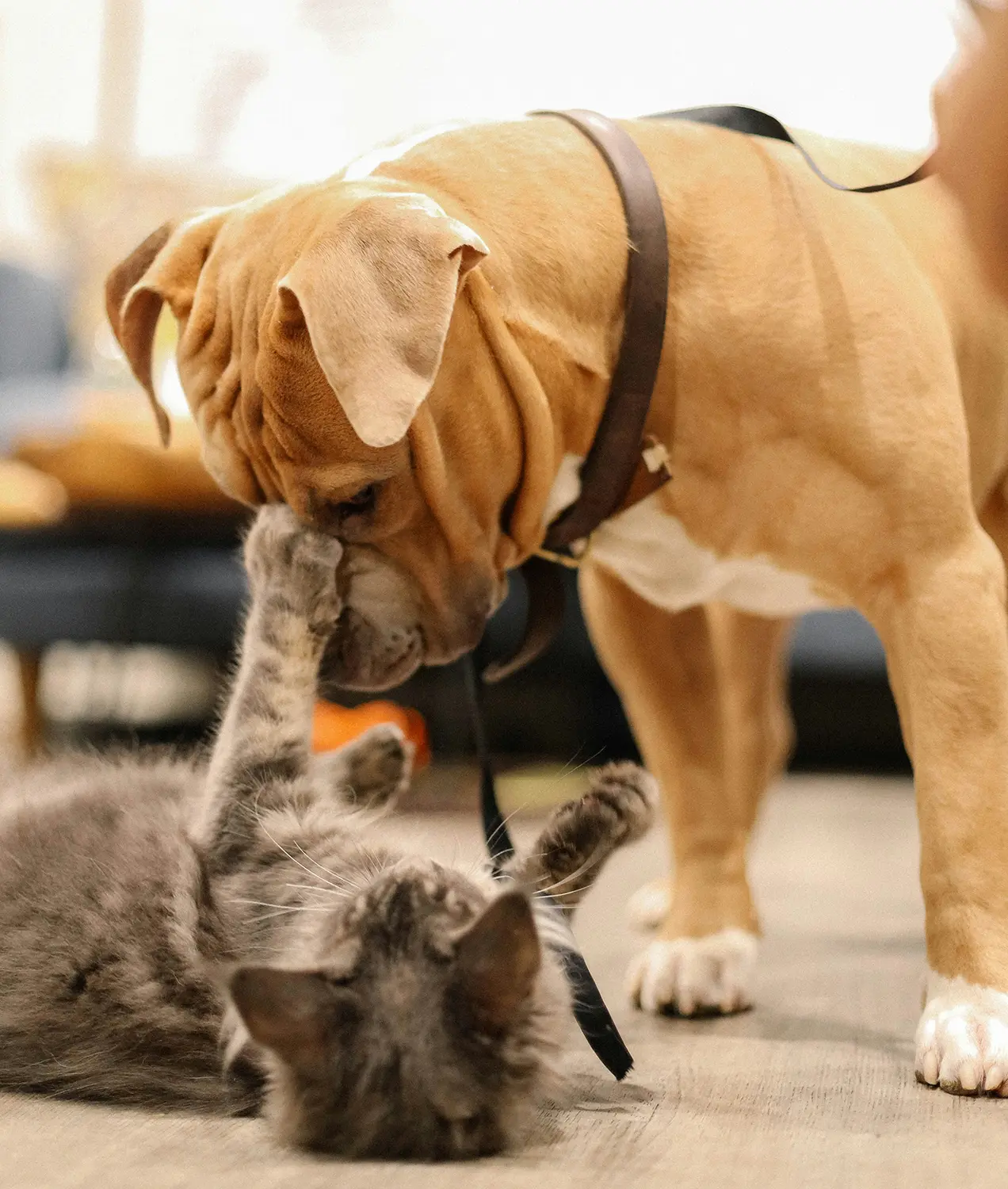
Elegir un pájaro como mascota es una decisión emocionante que puede aportar alegría y compañía a su vida. Sin embargo, los pájaros requieren cuidados y atención específicos, y elegir la especie adecuada es crucial para una relación armoniosa. Esta completa guía le ayudará a comprender los factores que hay que tener en cuenta a la hora de elegir un pájaro de compañía, asegurándose de que tanto usted como su amigo emplumado sean felices y estén bien adaptados el uno al otro.
Comprender las distintas especies de aves
Hay una gran variedad de especies de aves, cada una con características, necesidades y comportamientos únicos. Algunas especies comunes de aves de compañía son:
1. Periquitos (también conocidos como Periquitos, son un tipo de Periquito)
Talla: Pequeño
Duración de vida: 5-10 años
Personalidad: Social, juguetón y fácil de domesticar
Nivel de ruido: Moderado
Nivel de cuidados: Bajo a moderado
2. Cacatúas
Tamaño: De pequeño a mediano
Duración de vida: 10-15 años
Personalidad: Cariñoso, amable y puede aprender a silbar e imitar sonidos
Nivel de ruido: Moderado
Nivel de cuidados: Moderado
3. Periquitos
Tamaño: Pequeño
Duración: 10-15 años
Personalidad: Social, activo y puede aprender a imitar el habla
Nivel de ruido: Moderado
Nivel de cuidados: Moderado
4. Conures
Tamaño: De pequeño a mediano
Vida útil: 20-30 años
Personalidad: Enérgicos, juguetones y cariñosos
Nivel de ruido: Alto
Nivel de cuidados: Moderado a alto
5. Loros grises africanos
Tamaño: Mediano
Duración de vida: 40-60 años
Personalidad: Altamente inteligentes, excelentes imitadores y requieren estimulación mental
Nivel de ruido: Moderado
Nivel de cuidados: Alto
6. Cacatúas
Tamaño: Medianas a grandes
Duración de vida: 40-70 años
Personalidad: Cariñoso, sociable y puede ser exigente con la atención
Nivel de ruido: Alto
Nivel de cuidados: Alto
7. Guacamayos
Tamaño: Grande
Duración de vida: 50-80 años
Personalidad: Inteligentes, sociables y requieren mucho espacio y estimulación mental
Nivel de ruido: Muy alto
Nivel de cuidados: Muy alto
Factores a tener en cuenta al elegir un ave de compañía
1. Tamaño y vida útil
Tenga en cuenta el tamaño y la vida útil del ave. Las aves más grandes suelen tener una vida más larga y pueden requerir más espacio y cuidados. Asegúrate de estar preparado para este compromiso a largo plazo, sobre todo con especies que pueden vivir varias décadas o, posiblemente, tu propia vida.
2. Personalidad y comportamiento
Las aves tienen personalidades y comportamientos distintos. Algunas especies son más sociables y afectuosas, mientras que otras son más independientes. Elija un ave cuya personalidad coincida con su estilo de vida y sus expectativas.
3. Nivel de ruido
Las aves pueden ser ruidosas, y el nivel de ruido varía según la especie. Si vive en un apartamento o tiene vecinos sensibles al ruido, considere una especie con un nivel de ruido más bajo. Prepárese para piar, graznar y otras vocalizaciones.
4. Espacio y alojamiento
Cada especie de ave necesita un espacio diferente. Asegúrese de disponer de una jaula adecuada que permita a su pájaro moverse libremente y estirar las alas. Los pájaros más grandes necesitarán más espacio y pueden beneficiarse de las pajareras o del tiempo de vuelo libre en una habitación segura para las aves.
5. Cuidados y mantenimiento
Tenga en cuenta las necesidades de cuidado y mantenimiento del ave. Algunas especies requieren una limpieza más frecuente, dietas especializadas y una interacción social regular. Asegúrese de que puede dedicar el tiempo y el esfuerzo necesarios para cuidar adecuadamente de su ave.
6. Interacción social
Las aves son criaturas sociales y necesitan una interacción regular y estimulación mental. Algunos pájaros están muy unidos a sus dueños y pueden deprimirse si se les deja solos durante mucho tiempo. Considere cuánto tiempo puede dedicar a socializar con su pájaro. Algunos pájaros, sobre todo las especies pequeñas como pinzones, periquitos y cotorras, disfrutan de la compañía de otros pájaros. Sin embargo, muchos pájaros ven a sus cuidadores humanos como compañeros de bandada y no necesariamente quieren relacionarse con otros pájaros, ni siquiera de la misma especie.
7. Presupuesto
Tener un pájaro puede ser caro. Tenga en cuenta el coste inicial del pájaro, la jaula y los accesorios, así como los gastos corrientes, como comida, juguetes, atención veterinaria y artículos de aseo.
Cómo preparar a su nuevo pájaro
1. Investigación y educación
Infórmese sobre las necesidades y comportamientos específicos de las especies de aves que le interesan. Los libros y los recursos en línea pueden proporcionarle información valiosa. No dude también en consultarnos el consejo de un veterinario.
2. Cree un entorno seguro
Prepare su casa para su nueva ave garantizando un entorno seguro, libre de peligros como plantas tóxicas, ventanas abiertas, ventiladores de techo y otros animales domésticos que puedan suponer una amenaza.
3. Elija la jaula adecuada
Seleccione una jaula adecuada para el tamaño y las necesidades de su pájaro. Asegúrese de que la jaula esté fabricada con materiales seguros, tenga una separación adecuada entre los barrotes e incluya perchas, juguetes y comederos.
4. Dieta y nutrición
Proporcione a su pájaro una dieta equilibrada que satisfaga sus necesidades nutricionales. Puede incluir pellets de alta calidad, frutas y verduras frescas, semillas y frutos secos. Consulte al veterinario para obtener recomendaciones dietéticas específicas.
5. Atención veterinaria
Proporcionamos servicios veterinarios aviares experimentados que incluyen revisiones periódicas y atención médica. Las aves requieren revisiones rutinarias para prevenir y detectar problemas de salud a tiempo. No dude en consultarnos para obtener información adicional.
Conclusión
Para elegir el ave de compañía adecuada hay que tener muy en cuenta su tamaño, duración, personalidad, nivel de ruido, espacio necesario y cuidados. Si conoce las características únicas de las distintas especies de aves y prepara su casa y su estilo de vida para satisfacer sus necesidades, podrá garantizar una vida feliz y sana a su nuevo compañero emplumado. La investigación, la preparación y el compromiso adecuados le ayudarán a crear un vínculo fuerte y gratificante con su ave de compañía.










Escribir un comentario
¿Cuál es su calificación general?